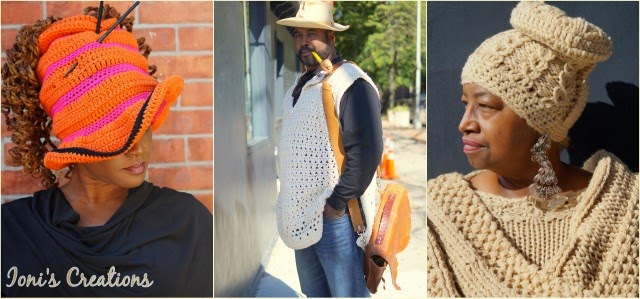Wednesday, February 27, 2013
The Dark Side of the African Textile Craze
For these past few seasons, Africa has been the muse for many famous design houses from Burberry and Michael Kors to off the rack stores like Forever21.
But before you get happy, (and you knew there would be a "but" didn't you), how much of this is "authentic"? And how much of it actually benefits Africans?
Well one indicator may be the Burberry scandal.
A lot of designers in the know already know that many "African" fabrics are indeed not African at all...they are Dutch wax print. When people told me about this, I envisioned authentic African textiles being knocked off and copied cheaply. But there's more to the story than that.
The Dutch wax print is said to be a copy of Indonesian tie dye techniques. West African recruits to the Dutch army learned the techniques while stationed in Indonesia, and brought it back home and that is how those prints came to be popular in Africa. The Dutch then sought to make a cheap, easier to make knockoff to sell, and this is how you and I came to have a lot of the not so African fabrics in our collection. So that's first of all as to why Africa does not "deserve" to get credit for the "African" prints flooding the fashion world today, especially not from Burberry. The prints are known as Ankara, but Burberry calls them "eclectic print". (Boy, 2012)
But the plot thickens.
You'll never guess who swung by designer Lisa Folawiyo's Nigerian studio, Jewel by Lisa, a year before they released their collection with the African inspiration? Yep. Burberry. I guess they went so as not to have any African inspiration.
Meanwhile, some of the African designers are back at home on the continent slaving away, hardly even aware of all the benefits that come with the increasing popularity of African style.
Ghanaian designers Hagan-Aboagye and Thompson say that their businesses suffer from a lack of quality manufacturers, a lack of department stores to purchase their works, technological problems and high turnover. They say it's difficult to even rally the young designers into doing anything to improve their lot. (Noire, 2012)
But there is hope.
Nora Bannerman-Abbot, a designer herself as well as former Miss Ghana, says that the solution is for African countries to export to the rest of the world. Her company, Sleek Garments, does exactly that. She also was credited with using machine made kente cloth to make clothing to export to the U.S., as well as serving as consultant and head to many fashion related committees and companies in Ghana. (Sleek Garment, 2012)
Going global is obviously where it's at.
Only time will tell if Africa finally gets it's due.
• One Nigerian Boy (http://www.onenigerianboy.com/2012/04/22/burberrys-ss12-collection-african-inspired-or-not-by-ayodeji-rotinwa/)
• Madam Noire (http://madamenoire.com/211551/vogues-first-fashion-week-in-africa-highlights-renewed-interest-in-the-continent/6/)
• Sleek Garment (http://sleekgarment.com)
*** The author apologizes. This article was written in late 2012 but not published until then, so some of the links are gone.
Subscribe to:
Posts (Atom)
